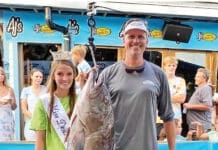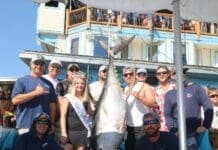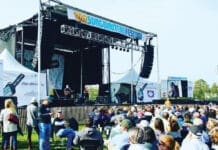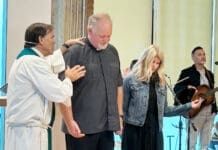By Douglas D. Stauffer
Governor Ron DeSantis signed landmark legislation in Walton County recently that restores public beach access and returns local authority to communities across Florida’s Gulf Coast. The bill, Senate Bill 1622, repeals restrictive provisions from a 2018 law that had limited customary use access to dry sand areas of privately owned beaches, creating years of controversy and confusion, especially in Walton County.
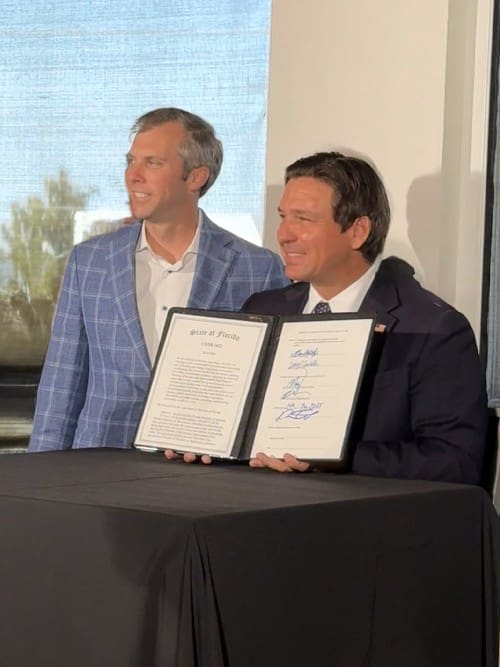
Speaking before a crowd of lawmakers, local officials, and beachgoers at Shunk Gulley Oyster Bar in Santa Rosa Beach, DeSantis emphasized that the new law will “put the power back in the hands of local governments and their citizens.”
“This bill is about restoring local control, cutting the legal red tape, and putting our residents first,” DeSantis said. “The people of this area have fought long and hard to regain the access they’ve traditionally enjoyed. Today, we’re making that a reality.”
Reversing a Controversial Law
The legislation repeals part of the 2018 law that required local governments to get court approval before enforcing customary use, an unwritten public right to access dry sand areas of beaches that has been traditionally practiced in many parts of Florida. The 2018 change forced counties to initiate costly, parcel-by-parcel legal battles, sparking widespread opposition in coastal communities.
State Senator Jay Trumbull, a sponsor of the bill, remembered how the 2018 legislation caught many residents off guard.
“Overnight, people who had walked the same stretch of beach for generations were being told that they were trespassing,” Senator Trumbull said. “This law fixes that.”
The new bill allows counties and municipalities to pass local customary use ordinances without first obtaining court judgments, reasserting the right of the public to access Florida’s beaches for walking, fishing, swimming, and sunbathing.
Accelerating Beach Restoration
Beyond public access, SB 1622 also simplifies the process for beach renourishment projects in smaller Gulf Coast counties like Walton. Under the law, the Florida Department of Environmental Protection (DEP) can now establish erosion control boundaries using the state’s existing mean high-water line instead of conducting lengthy surveys or requiring separate approvals.
This change is expected to save time and money while enabling faster responses to severe beach erosion, a growing concern in the region. DEP Secretary Alexis Lambert noted nearly 19 of Walton County’s 26 miles of coastline are critically eroded.
“Beach nourishment isn’t just about tourism,” said Representative Shane Abbott, who co-sponsored the bill. “It’s about protecting our coastline, preserving property, and ensuring that locals and visitors alike can enjoy these beaches for years to come.”
Local Impact and Funding
Florida has invested over $550 million in beach restoration efforts since 2019, with an additional $53 million allocated in this year’s state budget. In Walton County, nearly $60 million in state funds have been committed to local projects, and another $60 million is expected in federal matching funds.
DEP Secretary Alex Lambert emphasized the significance of the new process: “This legislation simplifies how we set erosion control lines, allowing vital beach nourishment projects to move forward more efficiently.”
A Victory for Coastal Communities
The signing of SB 1622 marks a significant victory for coastal communities and public access advocates across the state. Local leaders praised the decision as a return to common sense and a reaffirmation of Florida’s longstanding tradition of beach enjoyment for everyone.
“This is a great day for Walton County and the entire Panhandle,” said Commissioner Danny Glidewell. “Our residents have been waiting for this for years, and I thank Governor DeSantis for listening and taking action.” The bill takes effect immediately.














